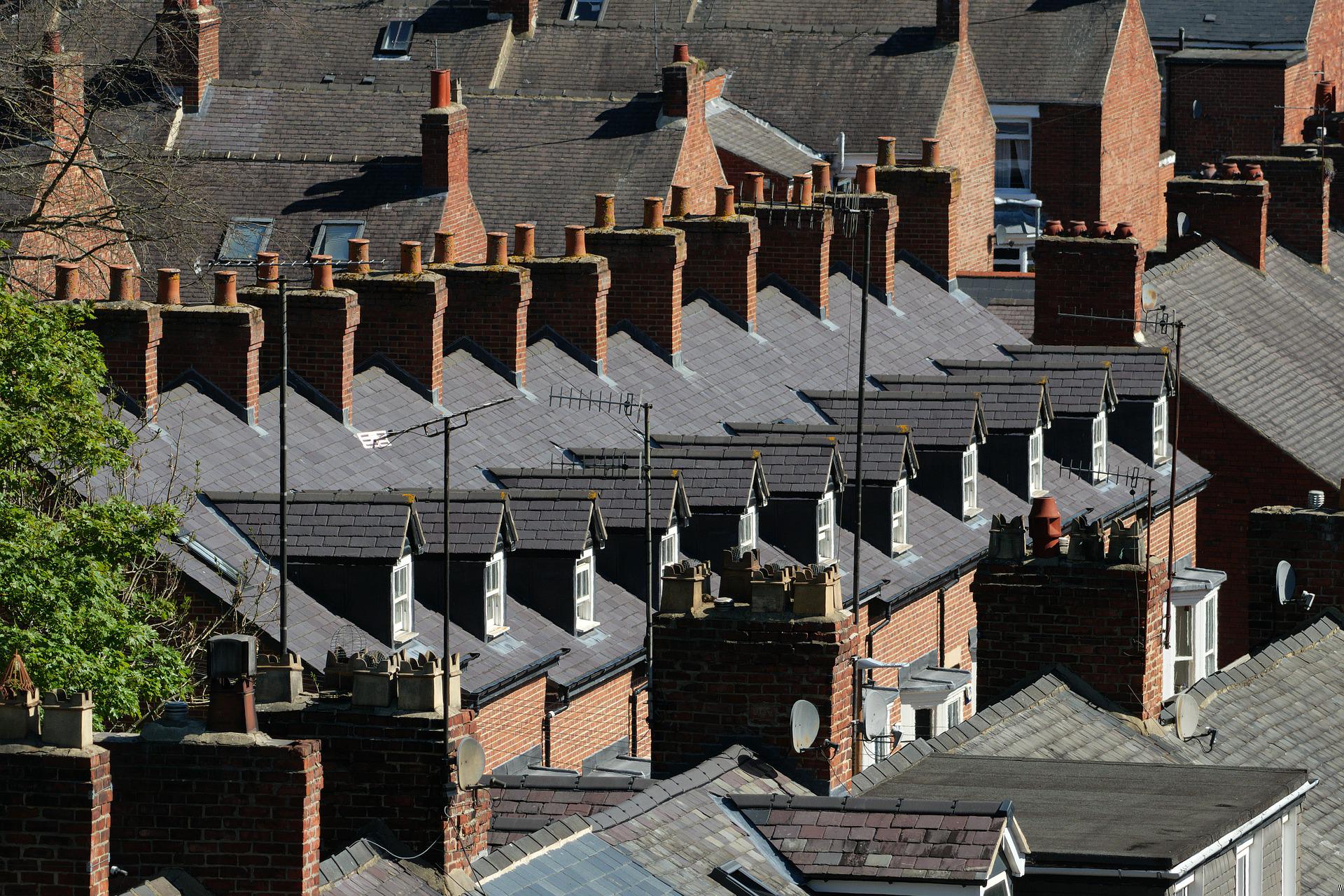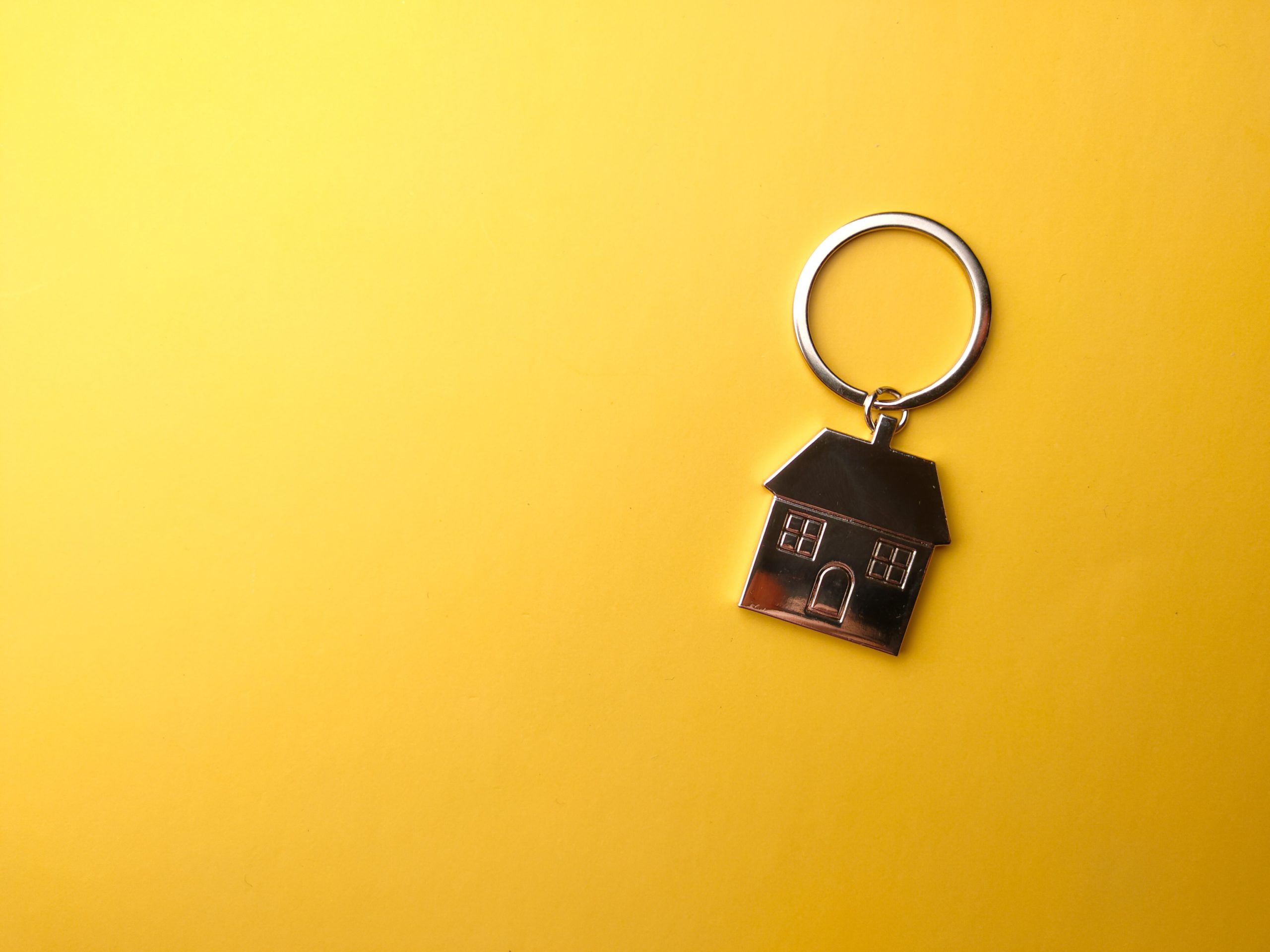Rising damp is one of the most frustrating property nasties homeowners can face. As well as being unsightly, it can exacerbate health issues, ruin your decor, and even cause structural damage to the building. What’s more, series damp issues can significantly lower the value of your home — so it’s worth getting a handle on it as early on as possible.
The good news is that rising damp is fairly rare in the UK. The bad news is that it’s commonly mistaken for other types of damp, which means it’s often left untreated. So what does rising damp actually look like, and how on earth do you get rid of it?
This blog post lifts the lid on rising damp causes, and rising damp signs to look out for in your home. We’ll also take you through how to tackle rising damp for good.
Let’s dive in!
What causes rising damp?
Rising damp happens when moisture enters the walls of a building, and travels upwards through small holes in the brickwork in a process called capillary action. The trapped water, which contains salts, can also travel through other porous materials like plasterwork, joists, and skirtings — resulting in increased aesthetic damage to these areas.
When the evaporation overcomes the capillary action, rising damp will eventually stop. This can be seen from yellow or stained ‘tide marks’ on the walls.
Rising damp is caused by a range of factors. Most buildings have a damp proof course (DPC), which is a water-resistant barrier installed at a lower level to prevent water from rising. In most cases (especially with old buildings) it could be that the DPC is no longer effective or needs replacing.
In newer buildings, ‘bridging’ can also be a cause of rising damp; wherein the ground level is raised above the DPC — or there’s a build up of debris in cavity walls.
How to spot signs of rising damp
It’s easy to misdiagnose rising damp for other kinds of damp. When looking for rising damp, there are seven key signs to pay close attention to:
- Damp that starts at the bottom: Hence the term ‘rising’, moisture and dampness that appear at the bottom of your walls and rises over time is the biggest indicator of rising damp.
- Yellow or brown tide marks: The colour of the water can help you distinguish between damp and condensation.
- Rotting or damaged skirting boards: Excess moisture can affect the timbers and germination of a fungal attack.
- Peeling paint and wallpaper: Increased moisture in the walls will mean wallpaper struggles to stick.
- Powder-like substance: This is caused by the salt in the moisture dissolving in the walls.
- A distinct, musty smell: Even if you can’t see the rising damp, smelling damp and moisture is a key indicator.
- Black mould: Rising damp can cause black mould in the lower parts of your walls.
- Crumbling bricks and mortar: Rising damp affects your home’s structure both internally and externally. Loose or crumbling bricks can be very costly to fix.
Smaller signs like more condensation on the ceilings or windows is also a sign of rising damp. If you have respiratory problems, or are sensitive to air quality, be sure to call a professional in to assess and diagnose the problem.
How to treat rising damp
Once you’ve identified rising damp, it’s time to blitz it from your home. It might be tempting to get straight on Amazon for a humidifier — but before you jump to the solution, you first need to identify the cause. This will ensure you’re treating rising damp the right way, so it doesn’t come back in future.
It’s best to first get a professional in for a proper diagnosis, as it could be that there’s a bigger issue at play. This could be a qualified damp surveyor or rising damp specialist. They’ll recommend the best course of action based on their analysis.
Depending on the cause, it might be the case that you can tackle the rising damp on your own.
Treatments for rising damp include:
- Damp proofing injection cream. You can get complete rising damp treatment kits, or buy the cream in individual cartridges.
- Repair gutters and downpipes. Clogged or leaking drains can lead to dampness penetrating the brickwork.
- Improve your home’s ventilation. You can do this by opening windows, installing extractor fans in your bathroom, and investing in a dehumidifier.
For more serious cases of rising damp, your surveyor might suggest having a whole new DPC fitted, which involves injecting chemicals in the building to form a water-resistant barrier. While this is an expensive measure, it’s arguably the most effective way to treat (and prevent) rising damp. You might also need to have a cavity tray fitted or replaced, which can also only be done by a professional. This stops water coming from the outside of the building from reaching the inner wall.
Internally, you could have your walls and floors sealed in damp-proofing material for rising damp prevention. Many homeowners also opt to completely re-plaster their walls once the rising damp is treated.
A Summary
Rising damp is a frustrating and uncomfortable issue to deal with. In some cases, signs of rising damp can be subtle enough to brush it off as condensation — but hopefully this article has alerted you to what to look out for. The main takeaway is to treat rising damp as quickly as possible, as untreated rising damp can have serious implications on your health, decor, and structure of the building.
Treating rising damp can be incredibly expensive, with UK homeowners shelling out anything from £200 to £5000 depending on the scale of the problem. But according to Sell with Richard, properties with mould and damp issues can lose up to 53% of their value. Homeowners selling a home with rising damp can even run into more complex problems, like insurance. Considering the impact of rising damp on a home’s value (and your own health), homeowners should spare no expense.
Sell your house quickly with WeBuyAnyHome
WeBuyAnyHome are cash house buyers that offer a convenient, quick way to sell your property fast. We purchase your property quickly in any timeframe. No fees, no hassles and no delays.
You can trust us with a smooth and quick sale of your property.
Want to know how it works? Get a free, no obligation cash offer from us now by entering your postcode in the box below.


















